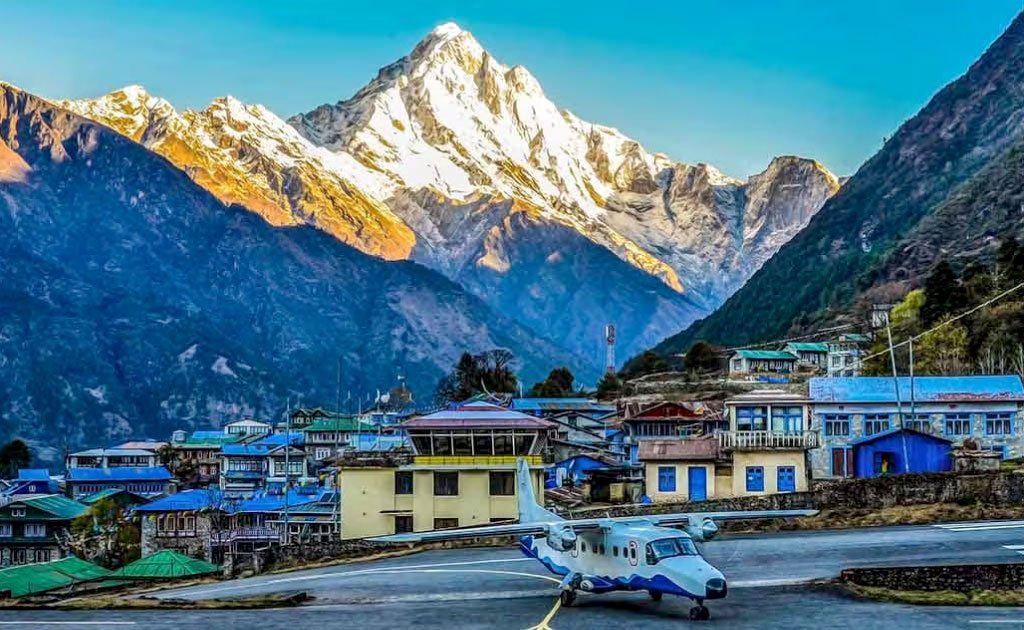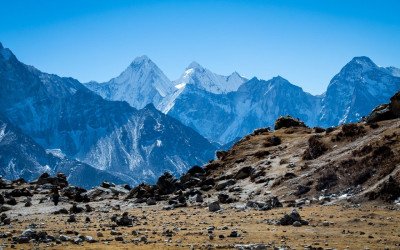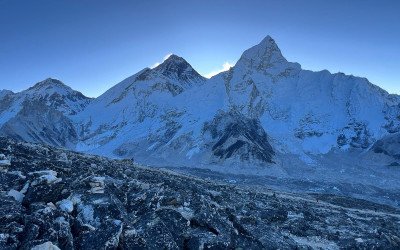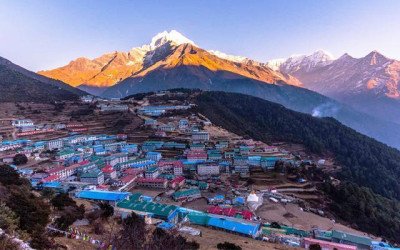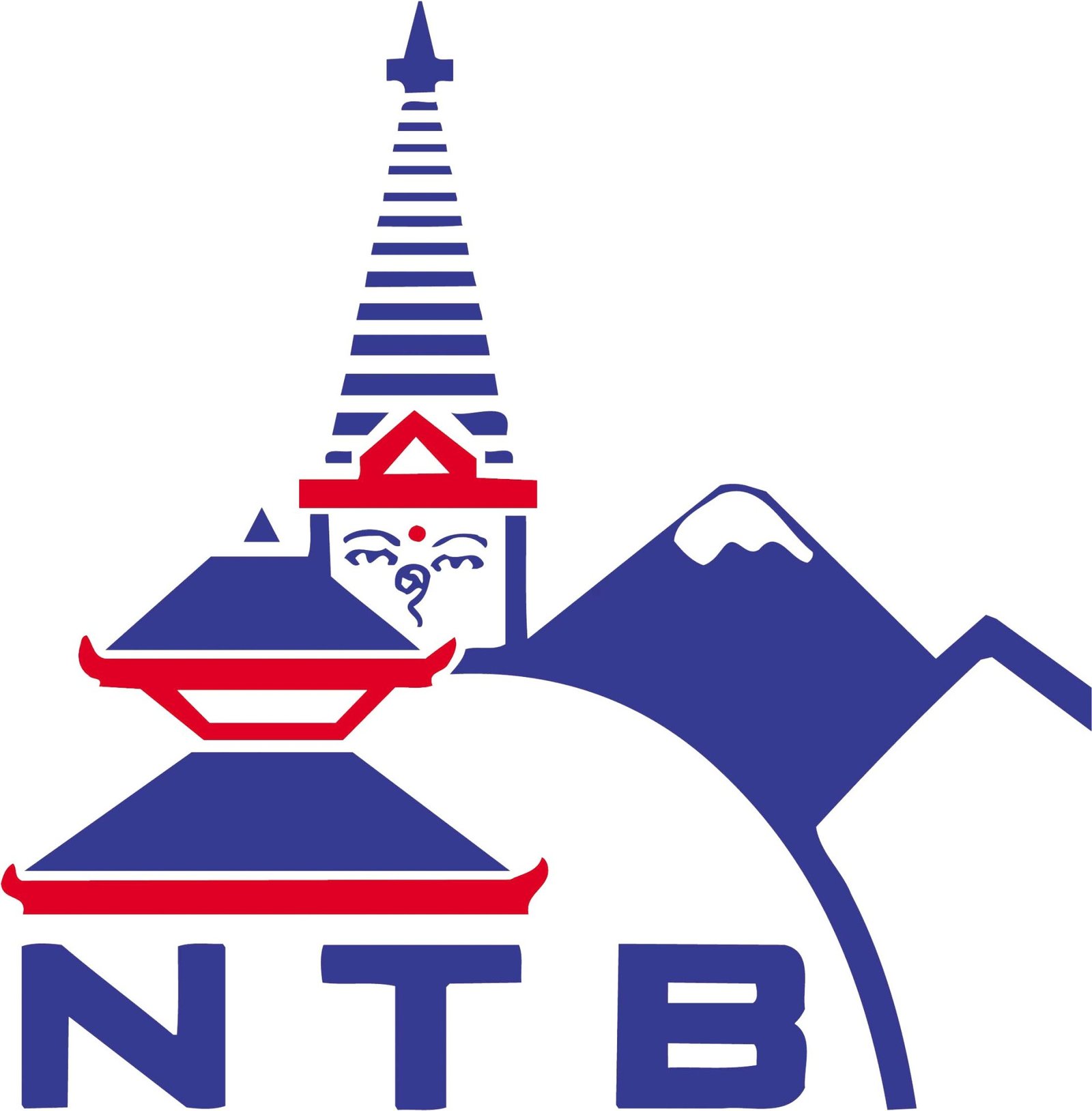- Registered Company
- More than Decade of Experience
- Customer Satisfaction is our motto
Trip Facts
-
Group Size1- 15 pax
-
Max Elevation5550 m
-
GradeDifficult
-
TransportationFlight/ Hike
-
AccommodationDeluxe Hotel
-
Trip Length17 Days
-
Best MonthMarch-May September-November
-
WIFIAvaliable
-
Trip ModeNormal
-
MealBreakfast, Lunch and Dinner
-
Trekking StyleHike, Climb
-
Start FromKathmandu
-
End PointKathmandu
Outline Itinerary
Day 1: Arrival in Kathmandu (1400m)
Day 2: Fly to Lukla (2840m) & Trek to Phakding (2610m)
Day 3: Phakding (2610m) to Namche Bazaar (3440m) passing Monjo (2835m).
Day 4: Acclimatization Day in Namche Bazaar (3440m)
Day 5: Trek from Namche Bazaar(3440m) toTengboche(3860m)
Day 6: Trek from Tengboche (3860m) to Dingboche (4410m)
Day 7: Acclimatization Day in Dingboche (4410m)
Day 8: Trek from Dingboche (4410m) to Lobuche (4910m)
Day 9: Trek from Lobuche (4910m) to Gorak Shep (5140m) and Everest Base Camp (5364m)
Day 10: Hike to Kala Patthar (5555m) and Trek to Dzongla (4830m)
Day 11: Cross Cho La Pass (5368m) to Thaknak (4700m)
Day 12: Trek from Thaknak (4700m) to Gokyo (4790m)
Day 13: Hike to Gokyo Ri (5360m) and Return to Gokyo (4790m)
Day 14: Cross Renjo La Pass (5368m) to Lungden (4380m)
Day 15: Trek from Lungden (4380m) to Namche Bazaar (3440m)
Day 16: Trek from Namche Bazaar (3440m) to Lukla (2840m)
Day 17: Flight from Lukla (2840m) to Kathmandu (1400m)
Day 18: Departure from Kathmandu
Altitude Map
This Altitude Map shows highest alttitude you will trek to each day.
Group Cost
| Group | Cost |
|---|---|
| 1-1 pax | $2100 |
| 2-4 pax | $1800 |
| 5-8 pax | $1600 |
| 9-15 pax | $1500 |
Package Included
- Airport transfers (arrival and departure).
- Accommodation in Kathmandu (hotel) and during the trek (teahouses).
- Meals: Breakfast in Kathmandu and all meals during the hike.
- Domestic flights: Kathmandu to Lukla and Lukla to Kathmandu.
- Sagarmatha National Park entrance fees.
- Experienced English-speaking trekking guide.
- Porter service (up to 15kg per person).
- Trekking permits (TIMS card and other necessary permits).
- Basic medical kit.
Package not Includes
- International flights to and from Kathmandu.
- Nepal entry visa fees.
- Travel insurance (required).
- Meals in Kathmandu (except breakfast).
- Personal expenses like souvenirs, snacks, beverages, etc.
- Tips for guides and porters (optional but conventional).
- Any additional costs incurred due to unforeseen circumstances (e.g., natural disasters, flight delays, evacuation costs).
Trip Overview
Everest Three Pass Trek is viewed as one of the world's highest treks and one of Nepal's most exciting and rewarding treks. This challenging journey spans the Everest region, guiding you over three towering mountain passes with an elevation of 5535 meters: Kongma La Pass, 5368 meters for the Cho La Pass and the Renjo La Pass, 5360 meters.
Every pass brings the beauty of flat land and grand Himalayan ranges with the occasional glimpse of Mount Everest, Lhotse, Nuptse, Ama Dablam, and the Cho Oyu.
From the trek's beginning, Everest's first town is Lukla, a beautiful town. Forests have changed into more barren mountainlands and glacial regions. Lovely Sherpa villages like Namche Bazaar and Tengboche are along the way, where the cultural feel of the place and warm-hearted reception add value to the otherwise strenuous and tiring trekking. Himalayan views aside, Tengboche Monastery is the most tranquil place for soul-searching and/or meditation.
Trekking facilities that can be obtained during the journey include simple tea houses offering bare necessities and well-facilitated lodges offering necessary services touching the hearts of lodge-engrossed trekkers.
What is the Everest three-pass trek?
Everest Three-pass trekking routes in Nepal cross three high mountain passes in the Everest region: Kongma La Pass at 5,535 meters, Cho La Pass at 5,368 meters, and Renjo La Pass at 5,360 meters. These passes offer stunning panoramic views of some of the world's highest mountains, including Mount Everest, Lhotse, Nuptse, Ama Dablam, and Cho Oyu.
Highlights of Everest Three Pass Trek - 18 Days
- There are three high passes: Kongma La (5,535m), Cho La (5,368m), and Renjo La (5,360m).
- Spectacular views of Mount Everest, Lhotse, Nuptse, Ama Dablam, and Cho Oyu.
- Experience the unique Sherpa culture and hospitality in villages like Namche Bazaar and Tengboche.
- Visit one of the most important monasteries in the Everest region.
- Stunning turquoise lakes nestled in the high Himalayas.
- The bustling market town and hub for trekkers in the Everest region.
- Encounter remote Sherpa settlements and their traditional way of life.
- Requires physical fitness and proper acclimatization.
- Explore the pristine Himalayan wilderness and breathtaking scenery throughout the trek.
Detail Itinerary
Arrival in Kathmandu (1400m)
Your tour starts in Kathmandu, Nepal's colorful capital city. As soon as one descends at the Tribhuvan International Airport, one is instantly exposed to the city's social density and diversity. Visit the frequently visited Kathmandu Durbar Square, a world heritage site embracing temples, palaces, and wooden carvings.
This is an excellent opportunity for shopping. Fresh spices and souvenirs can be purchased in the markets, and Nepali dishes can be experienced in local restaurants. Acclimatizing yourself to the city's historical and cultural setting can help you plan for the journey ahead.
Breakfast, Lunch and Dinner
Lodge/Hotel
1400m

Fly to Lukla (2840m) & Trek to Phakding (2610m)
For the next destination, an early morning flight from Kathmandu to Lukla, which is the most used airport in Nepal, is situated at the top of the mountains. The flight is adventurous and action-packed, with a bird-eye view of terraced hills and mountains. You enter the universe of the Everest Region by approaching Lukla's airport; your trail goes downhill towards Phakding. It goes up and down through the pine tree woods and several Sherpa-inhabited villages, passing through a number of suspension bridges with prayer flags. On your way, you cross Dudh Koshi River, the water of which is as clear as a glacier and mirrors the snowy peaks. Phakding is a small village on the bank of the Dudhkoshi River. It has many comfortable tea houses and beautiful views of snowy mountains. Tonight, get some sleep and get your body used to the high altitude for the following days of hiking.
Breakfast, Lunch and Dinner
Lodge/Hotel
2840m
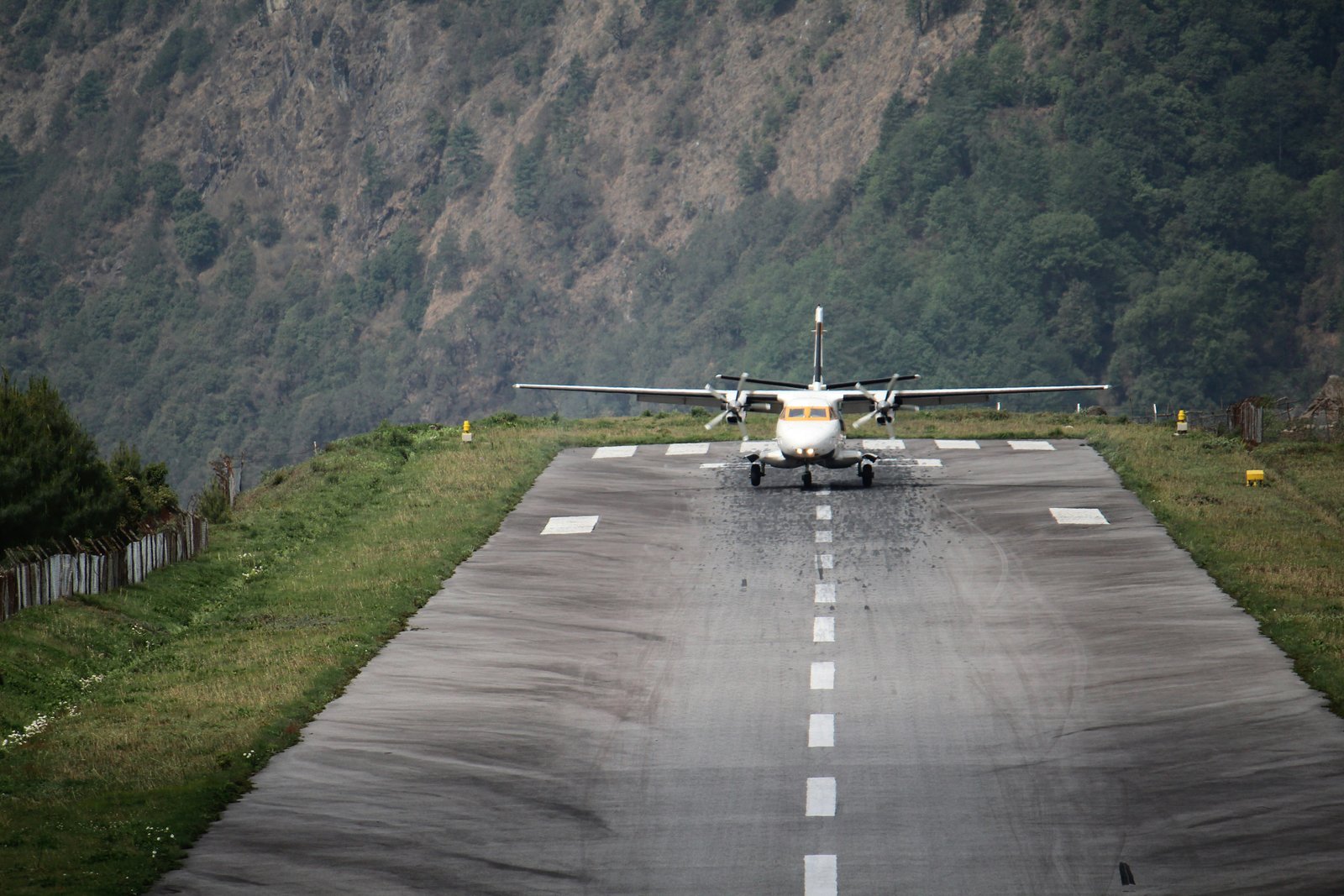
Phakding (2610m) to Namche Bazaar (3440m) passing Monjo (2835m).
The trail from Phakding goes through the Dudh Koshi River upstream and crosses the river several times by specially designed bridges. Cross the entrance of Sagarmatha National Park at Monjo, where you have to get your permit checked and proceed to Namche. The trail slowly steepens through lush pine woods, especially in places where one gets a view of the mountains, including the Everest ranges. Namche Bazaar is the only Sherpa town of any size, and as you approach it, the whole area unfolds in the shape of a giant arena. Stroll through the colourful market, which sells almost everything from trekking equipment to beautiful handicrafts, and get a close view of the peaks of Kongde Ri and Thamserku. Tonight, embrace to the altitude by taking a little hike in and around Namche and immerse in its cultural experience.
Breakfast, Lunch and Dinner
Lodge/Hotel
2835m

Acclimatization Day in Namche Bazaar (3440m)
Acclimatization Day in Namche Bazaar (3440m)
Today is set aside for rest in Namche Bazaar before we continue the journey and ascend higher altitudes, hence the act of acclimatization. Spend a day's hike towards the Everest View Hotel, which is situated on a ridge above Namche. From here, relax and enjoy the outstanding panorama of the mountains, including Mt. Everest, Lhotse, Nuptse and Ama Dablam, framed by the sky. You can also see the Sherpa Cultural Museum in the region for its historical and cultural background and traditional culture. Spend more time exploring the villages of Khumjung and Khunde, which have monasteries and schools besides the Hillary School. Go back to Namche and stay in local tea houses for another night in preparation for higher elevation hikes into the mountains.
Breakfast, Lunch and Dinner
Lodge/Hotel
3440m
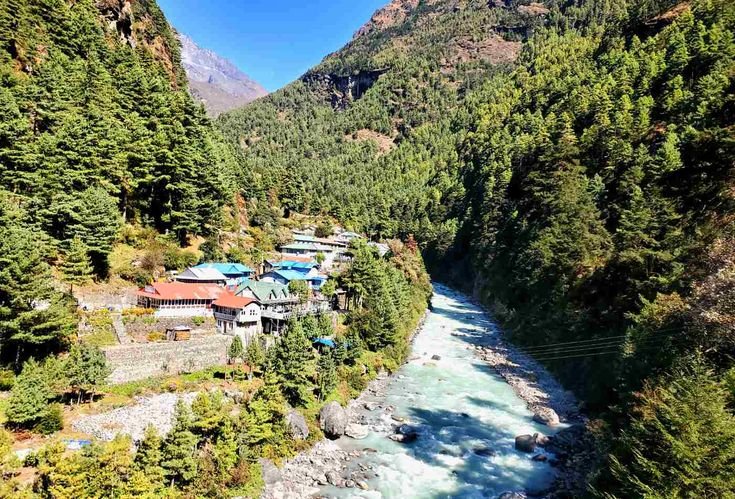
Trek from Namche Bazaar(3440m) toTengboche(3860m)
From Namche, the path goes along the mountainside parallel with the Dudh Koshi River with an excellent view of Everest, Lhotse and Ama Dablam. But, this is not the end of it; descend until you get to the village called Phunki Tenga, passing through the rhododendrons forest to find a suspension bridge highlighted by prayer flags. It rises steadily up to Tengboche, which has the largest monastery in the whole of the Khumbu district. Overlooked by Ama Dablam mountain, the monastery performs evening prayers that resonate through the valley. Take in stunning views of the mighty Everest and many other ranges from this sacred place in the bosom of the mighty Himalayas; there is no better way to relax and rejuvenate.
Breakfast, Lunch and Dinner
Lodge/Hotel
3440m

Trek from Tengboche (3860m) to Dingboche (4410m)
The trail then drops through the aromatic juniper and fir vegetation, crosses yet another stream [Imja Khola River] and climbs up toward the village of Pangboche. Travel through original Sherpa villages with colourful flags and placid usages of yaks on the alpine meadows. Ascend gradually to Dingboche, a summer pastoral community set at a quiet altitude amidst sturdy mountains. Through the baron terrains with rugged valleys, the views of Island Peak and Ama Dablam come into sight, along with the gentle hills of cultivated slopes enclosed by stone walls, suggesting the stringent climate. Today, prepare for the days ahead by spending most of the evening resting and drinking water when the bodies are getting accustomed to the high altitude.
Breakfast, Lunch and Dinner
Lodge/Hotel
3860m

Acclimatization Day in Dingboche (4410m)
Today is a crucial acclimatization day in Dingboche, designed to help your body adjust to higher altitudes. Embark on a hike to Nagarjun Hill or Chukkhung Ri for panoramic views of Makalu, Lhotse, and Island Peak towering above the valley. Alternatively, explore Dingboche's cultural landmarks, such as the ancient monastery and traditional stone houses. Rest and relax amidst the tranquillity of this high-altitude village, enjoying the clear mountain air and preparing for the journey over the high passes.
Breakfast, Lunch and Dinner
Lodge/Hotel
4410m

Trek from Dingboche (4410m) to Lobuche (4910m)
Leaving Dingboche, the trail ascends gradually towards Dugla, where you stop for lunch amidst memorials to climbers lost on Everest. Ascend steeply to the terminal moraine of the Khumbu Glacier, where the trail flattens out to Lobuche. As you approach the glacial moraine, the landscape becomes more empty, with views of Everest and Nuptse dominating the skyline. Tonight, rest in Lobuche's cozy teahouses, surrounded by the raw beauty of the Himalayas and preparing for the challenges of tomorrow.
Breakfast, Lunch and Dinner
Lodge/Hotel
4910m

Trek from Lobuche (4910m) to Gorak Shep (5140m) and Everest Base Camp (5364m)
Today marks a highlight of the trek as you ascend to Gorak Shep and continue to Everest Base Camp. The trail winds through the rocky moraine of the Khumbu Glacier, offering close-up views of towering ice seracs. Arriving at Gorak Shep, drop your bags and continue to Everest Base Camp, a pilgrimage site for mountaineers worldwide.
The campsite is nestled amidst the icefall of the Khumbu Glacier, surrounded by Pumori and Nuptse. Explore the area, soaking in the surreal atmosphere of prayer flags and expedition tents, before returning to Gorak Shep for the night.
Breakfast, Lunch and Dinner
Lodge/Hotel
5364m

Hike to Kala Patthar (5555m) and Trek to Dzongla (4830m)
An early morning hike to Kala Patthar offers unrivaled views of Everest, Nuptse, and Lhotse glowing in the morning light. The ascent is steep but rewarding, with panoramic vistas stretching from the Khumbu Glacier to the distant peaks of Tibet. Descend to Gorak Shep for breakfast before continuing to Dzongla, a tranquil village nestled beneath Cholatse and Ama Dablam. The trail winds through rocky terrain and alpine meadows, offering views of the Chola Tsho Lake and glacial moraines. Tonight, rest in Dzongla's cozy lodges, surrounded by the serene beauty of the Himalayas.
Breakfast, Lunch and Dinner
Lodge/Hotel
4830m

Cross Cho La Pass (5368m) to Thaknak (4700m)
Today's trek is challenging as you ascend Cho La Pass, a steep, glaciated pass that connects the Gokyo Valley with the Khumbu region. Begin early to avoid the afternoon snow and ice, following a rocky trail towards the pass. Ascend gradually, using crampons if necessary, before reaching the prayer-flag-adorned summit. Take in scenic views of the surrounding peaks, including Ama Dablam and Cholatse, before descending into the turquoise waters of the Cho La Lake. Continue to Thaknak, a small settlement surrounded by towering peaks, where you rest and recover from the day's adventure.
Breakfast, Lunch and Dinner
Lodge/Hotel
4700m
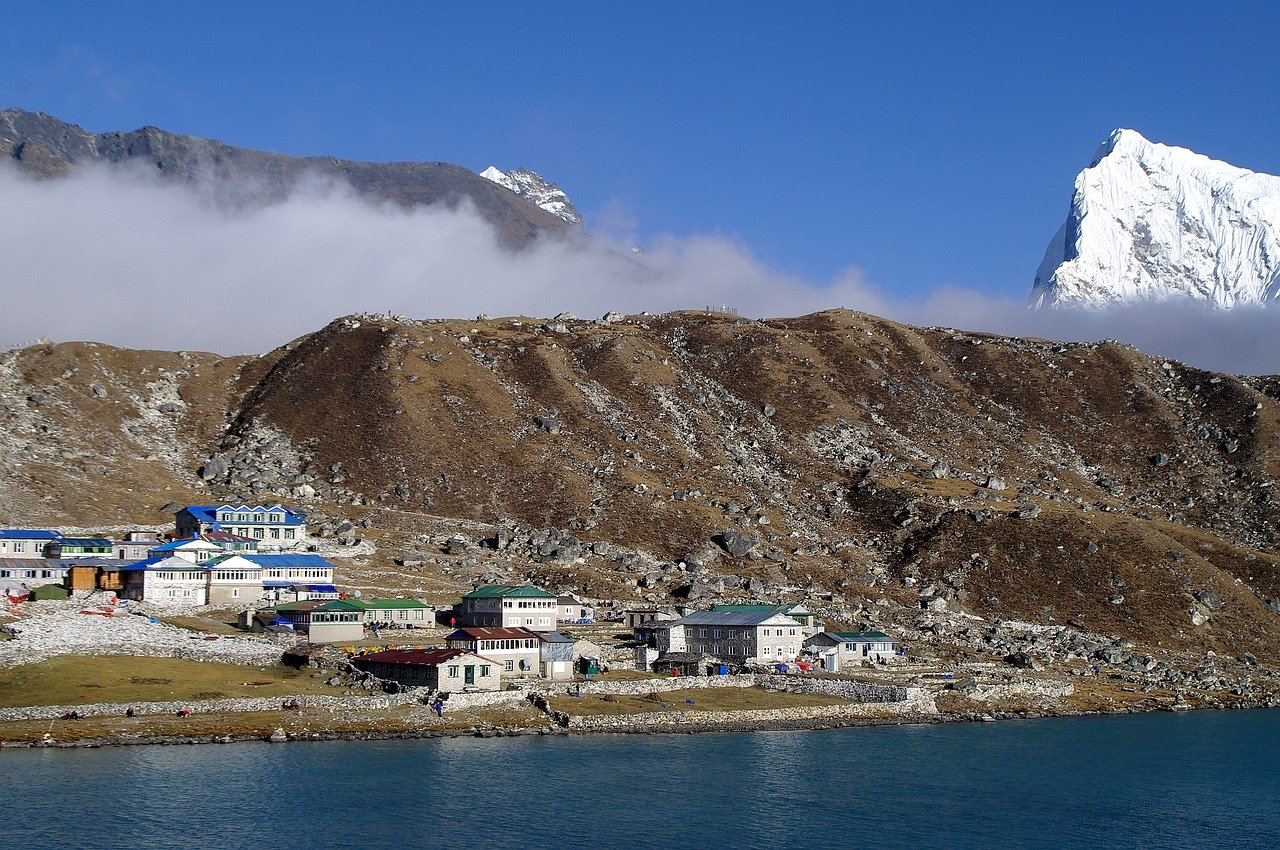
Trek from Thaknak (4700m) to Gokyo (4790m)
Leaving Thaknak, the trail ascends gradually through alpine meadows and glacial moraines towards the turquoise waters of the Gokyo Lakes. Pass by the first lake, Longpongo, before reaching the village of Gokyo, nestled beneath Gokyo Ri.
The village offers panoramic views of Cho Oyu, the world's sixth-highest peak, and the surrounding Himalayan giants. Tonight, rest in Gokyo's cozy lodges, surrounded by the tranquillity of the lakes and prepare for the ascent of Gokyo Ri.
Breakfast, Lunch and Dinner
Lodge/Hotel
4790m
Hike to Gokyo Ri (5360m) and Return to Gokyo (4790m)
An early morning hike to Gokyo Ri offers breathtaking views of Everest, Lhotse, Makalu, and Cho Oyu, glowing in the morning light. The ascent is steep but rewarding, with panoramic vistas stretching from the Gokyo Lakes to the Ngozumpa Glacier. Descend to Gokyo for breakfast before continuing towards Dragnag, a small settlement amidst the towering peaks. The trail winds through rocky terrain and alpine meadows, offering views of the surrounding mountains and glaciers. Tonight, rest in Dragnag's cozy lodges, surrounded by the serene beauty of the Himalayas.
Breakfast, Lunch and Dinner
Lodge/Hotel
4790m

Cross Renjo La Pass (5368m) to Lungden (4380m)
Today's trek is challenging as you ascend Renjo La Pass, a steep, glaciated pass that connects the Gokyo Valley with the Thame Valley. Begin early to avoid the afternoon snow and ice, following a rocky trail towards the pass. Ascend gradually, using crampons if necessary, before reaching the prayer-flag-adorned summit.
Before descending into the Thame Valley, take panoramic views of the peaks, including Everest, Lhotse, and Makalu. Continue to Lungden, a small settlement surrounded by towering peaks, where you rest and recover from the day's adventure.
One can also choose Everest Base Camp Trek with Helicopter return.
Breakfast, Lunch and Dinner
Lodge/Hotel
4380m

Trek from Lungden (4380m) to Namche Bazaar (3440m)
Leaving Lungden, the trail ascends gradually through alpine meadows and rhododendron forests towards the village of Thame. Pass by the monastery and school before reaching Namche Bazaar, a bustling market town nestled in a natural amphitheatre. The village offers dramatic views of the surrounding peaks, including Everest, Lhotse, and Ama Dablam. Tonight, rest in Namche Bazaar's cozy lodges, surrounded by the tranquillity of the Himalayas, and prepare for the journey back to Kathmandu.
Breakfast, Lunch and Dinner
Lodge/Hotel
3440m

Trek from Namche Bazaar (3440m) to Lukla (2840m)
Leaving Namche Bazaar, the trail descends through dense pine forests and rhododendron groves towards the village of Phakding. Pass by the Dudh Koshi River, where you cross the suspension bridge adorned with prayer flags. Continue to Lukla, a bustling market town nestled in a natural amphitheater. The village offers panoramic views of the surrounding peaks, including Everest, Lhotse, and Ama Dablam. Tonight, rest in Lukla's cozy lodges, surrounded by the tranquillity of the Himalayas, and prepare for the journey back to Kathmandu.
Breakfast, Lunch and Dinner
Lodge/Hotel
2840m

Flight from Lukla (2840m) to Kathmandu (1400m)
Today marks the end of your trek as you fly from Lukla to Kathmandu. The flight gives stunning aerial views of the Himalayas, including Everest, Lhotse, and Makalu. Upon landing in Kathmandu, transfer to your hotel and enjoy a leisurely afternoon exploring the city's markets and cultural landmarks.
See Pashupatinath Temple, a UNESCO World Heritage site, and Boudhanath Stupa. Tonight, celebrate your journey with a farewell dinner, reflecting on the memories and friendships forged amidst the Himalayan giants.
Breakfast, Lunch and Dinner
Lodge/Hotel
1400m
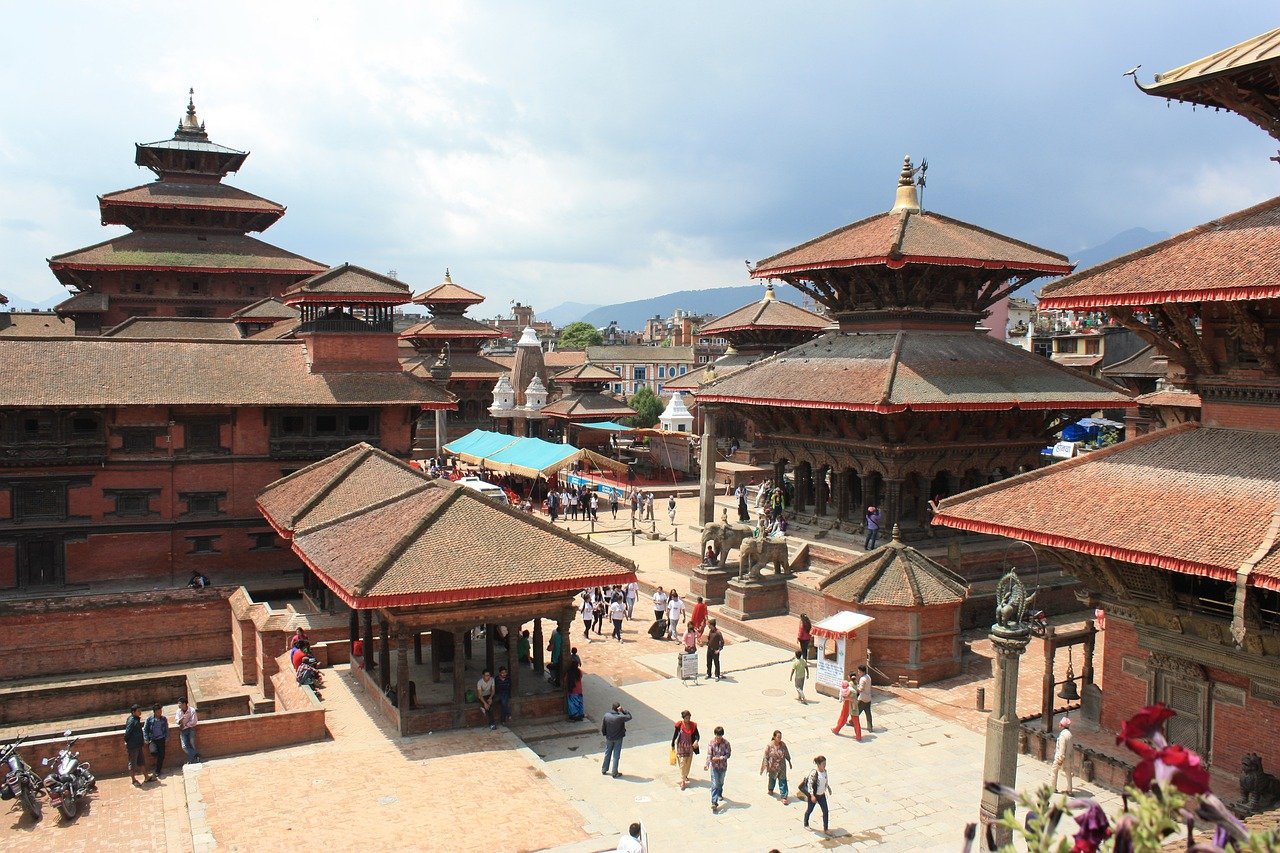
Departure from Kathmandu
Today marks the end of your adventure in Nepal as you bid farewell to Kathmandu. Then, we will transfer to Tribhuvan International Airport for your onward journey, carrying memories of the Everest Three Pass Trek and the majestic Himalayan landscapes. Depart with a sense of accomplishment and gratitude for the opportunity to explore one of the world's most iconic trekking destinations.
